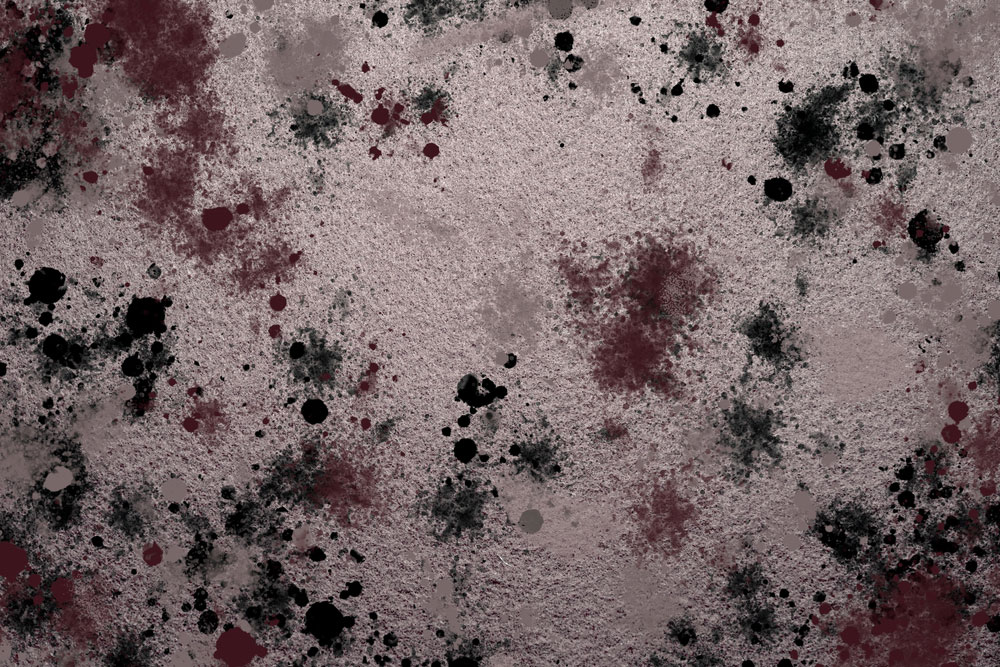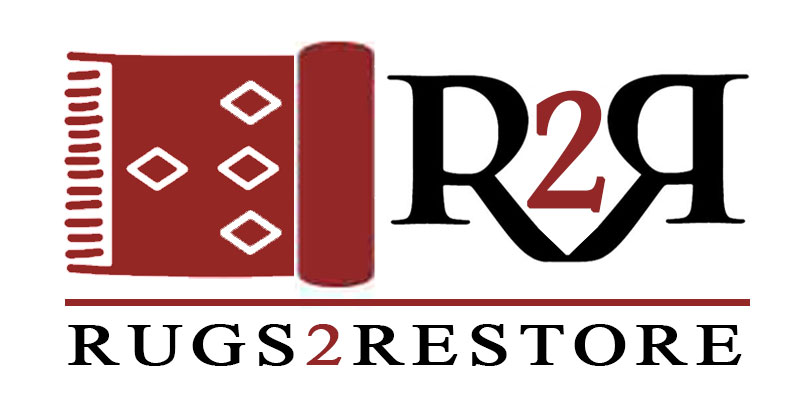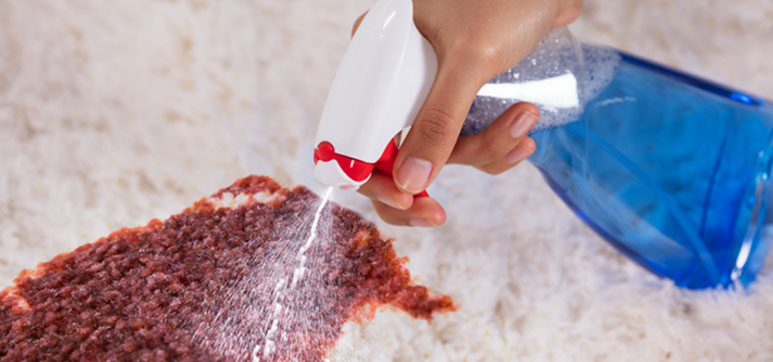When it comes to home decor, a rug can be a great addition to any room. Not only does it add warmth and texture, but it can also tie the whole look together. However, accidents happen, and sometimes your favorite rug falls victim to tough stains.
It can be frustrating to try and remove these stains, especially if you don’t know where to start. But fear not, with the right tools and techniques, you can remove even the toughest rug stains and have your rug looking as good as new.
In this article, we’ve gathered expert tips and tricks to help you tackle any rug stain that comes your way. From red wine spills to pet accidents, we’ve got you covered. So, let’s dive in and learn how to remove tough rug stains at home like a pro.
Understanding Different Types of Rug Stains
Rugs are often subjected to various stains, ranging from common spills to stubborn marks. Understanding the different types of stains and knowing the appropriate cleaning methods can save you from unnecessary frustration and potential damage to your rugs. In the following sections, we will explore Common Types Of Rug Stains And Effective Techniques for removing tough rug stains.
Common Types of Rug Stains
Before diving into the stain removal process, it’s essential to identify the type of stain you are dealing with. Common rug stains include red wine, coffee, tea, grease, oil, pet accidents, blood, ink, and nail polish. Each stain requires a specific approach for effective removal, as using the wrong method can worsen the stain or damage the rug fibers.
Identifying the Stain
To successfully remove a rug stain, it’s crucial to identify the source. Is it a fresh spill or an old, set-in stain? Identifying the stain and its age will help you determine the most appropriate cleaning method. Additionally, checking the rug’s care instructions or consulting a professional can provide valuable insights into the best approach.
Importance of Prompt Action
When it comes to rug stain removal, time is of the essence. Acting promptly can prevent the stain from setting in and becoming more challenging to remove. As soon as you notice a spill or stain, take immediate action to minimize the damage.
Preparing For Stain Removal

Before diving into the stain removal process, it’s important to prepare properly. Taking the right steps beforehand will help ensure a more successful and efficient stain removal experience. Here are some key preparations to consider:
Gather The Necessary Tools And Materials
Gather all the necessary tools and materials beforehand to remove stains from your rug. This will save you time and make the process smoother. Here’s a list of items you may need:
- Clean white cloths or paper towels: These will be used for blotting and absorbing the stain.
- Mild detergent or rug cleaner: Choose a gentle detergent specifically formulated for rugs.
- White vinegar: This versatile ingredient can be useful in stain removal.
- Baking soda: It’s great for absorbing odors and lifting stains.
- Spray bottle: This will help you apply cleaning solutions evenly.
- Soft-bristle brush or sponge: These tools are handy for gently scrubbing and working the cleaning solution into the stain.
- Coldwater: It’s essential for rinsing the stained area.
- Hydrogen peroxide (for certain stains): Check if your specific stain requires hydrogen peroxide as an additional cleaning agent.
- Stain-specific cleaners (if required): Some stains may require specialized cleaners designed for that specific type of stain. Make sure you have the appropriate cleaners on hand.
By having these tools and materials readily available, you’ll be well-prepared to tackle any stain that comes your way.
Test a Hidden Area
Before applying any cleaning solution to the stained area, it’s important to test it on a hidden or inconspicuous area of the rug. This test will ensure that the cleaning solution does not cause any color fading, bleeding, or damage to the rug fibers. Choose a small corner or an area that is normally covered by furniture. Once you confirm that the solution is safe, you can proceed confidently.
Taking the time to test the cleaning solution will help you avoid any potential damage and ensure that your stain-removal efforts are effective and safe for your rug.
General Stain Removal Techniques
Now let’s dive into some general techniques that can help you remove a variety of rug stains.
Blotting Stain
The first step in stain removal is to blot the affected area gently. Use a clean white cloth or paper towel to absorb as much of the stain as possible. Avoid rubbing the stain, as this can push it deeper into the rug fibers and spread it further.
Using Mild Detergent Solution
For most common stains, a mild detergent solution can work wonders. Mix a few drops of mild liquid detergent with warm water. Dip a clean cloth or sponge into the solution and blot the stain, working from the outer edges towards the center. Rinse the area with cold water and blot dry.
Applying Vinegar Solution
Vinegar is a versatile and effective cleaner for many types of stains. Create a vinegar solution by mixing equal parts of white vinegar and water. Apply the solution to the stain and let it sit for a few minutes. Blot the stain with a clean cloth or sponge, then rinse with cold water and blot dry.
Utilizing Baking Soda
Baking soda is excellent for removing odors and lifting stains from rugs. Sprinkle a generous amount of baking soda over the stained area. Let it sit for several hours or overnight to absorb the stain and odor. Vacuum the baking soda thoroughly, and you’ll notice a significant improvement in the stain’s appearance.
Specific Stain Removal Methods
Different types of stains require specific approaches for effective removal. Let’s explore some common rug stains and the best tackling methods.
Red Wine Stains
Red wine stains can be challenging to remove, but acting quickly can make a difference. Start by blotting the stain to remove excess wine. Then, mix a tablespoon of dishwashing liquid with warm water. Gently dab the solution onto the stain, working from the outer edges toward the center. Rinse with cold water and blot dry.
Coffee or Tea Stains
Coffee or tea spills can leave noticeable brown stains on your rug. Begin by blotting the stain to absorb as much liquid as possible. Mix a solution of vinegar and water (1:2 ratio) and apply it to the stain. Blot the area gently, rinse with cold water, and blot dry. Consider using a specialized coffee or tea stain remover if the stain persists.
Grease or Oil Stains
Grease or oil stains require a different approach. Start by blotting the excess grease or oil with a paper towel. Sprinkle a generous amount of cornstarch or baking soda on the stain and let it sit for a few hours to absorb the oil. Vacuum the powder, then apply a small amount of dishwashing liquid to the stain. Blot with a cloth or sponge, rinse, and blot dry.
Pet Stains and Odors
Pet stains and odors require special attention due to their specific nature. To remove pet stains and odors from your rug, start by blotting up any excess urine or feces. Mix equal parts white vinegar and water in a spray bottle and generously spray the stained area. Let it sit for a few minutes, then blot it with a clean cloth. For stubborn stains, repeat the process. Sprinkle baking soda over the entire rug to absorb lingering odors, leave it overnight, then vacuum thoroughly. Consider using an enzymatic cleaner designed specifically for stubborn pet urine stains if the stain persists. Rinse with cold water to finish.
Remember, when dealing with pet stains, it’s essential to address the issue promptly. Pets can be attracted to previously soiled areas, leading to repeated accidents. Consistent and thorough cleaning is key to preventing future stains and odors.
Dealing With Stubborn Stains

Some stains require extra attention and specific stain removal techniques. Here are a few common stubborn stains and how to tackle them:
Blood Stains
Blood stains can be challenging to remove, especially if they have dried. Start by rinsing the stained area with cold water to remove as much blood as possible. Then, create a paste by mixing hydrogen peroxide with a small amount of mild dish soap. Apply the paste to the stain and let it sit for a few minutes. Blot the area gently, rinse, and blot dry.
Ink Stains
Ink stains can be tricky, but quick action can help minimize the damage. Place a clean cloth or paper towel under the stained area to prevent the ink from spreading. Dampen a clean cloth with rubbing alcohol and gently dab the ink stain. Be careful not to rub, as it can cause the ink to spread further. Continue dabbing with a fresh area of the cloth until the ink is no longer transferring. Rinse the area with cold water and blot dry.
Nail Polish Stains
Accidental spills of nail polish can leave stubborn stains on your rug. Act quickly to remove the stain before it sets. Start by blotting the excess nail polish with a clean cloth or paper towel. Avoid rubbing, as it can push the polish deeper into the fibers. Apply a small amount of non-acetone nail polish remover to a clean cloth and blot the stain gently. Keep blotting with a fresh section of the cloth until the stain is lifted. Rinse the area with cold water and blot dry.
Preventive Measures For Rug Stains
While knowing how to remove tough rug stains is essential, taking preventive measures can help minimize the occurrence of stains. Here are some preventive tips:
- Regular Vacuuming: Vacuum your rugs frequently to remove dirt, dust, and debris that can contribute to stains.
- Immediate Attention to Spills: Act quickly when spills occur. Blot the area immediately to prevent the liquid from penetrating the rug fibers and causing a stain.
- Using Rug Protectors: Consider using rug protectors or mats in high-traffic areas or under dining tables to minimize the risk of spills and stains reaching the rug directly.
Conclusion
Removing rug stains at home is possible with the right techniques and tools. By promptly addressing stains, utilizing proper cleaning solutions, and following the outlined methods, you can effectively restore the cleanliness and appearance of your rugs.
Remember to always test cleaning solutions on a hidden area before applying them to the stained area. Additionally, for stubborn or valuable rugs, it’s advisable to seek professional assistance to avoid any potential damage.
With these expert tips in mind, you can confidently tackle tough rug stains and enjoy fresh, clean rugs in your home.

